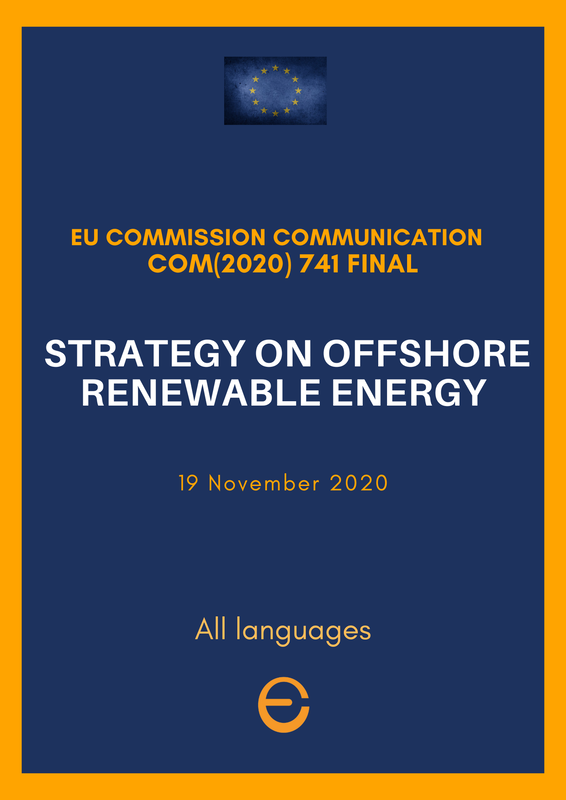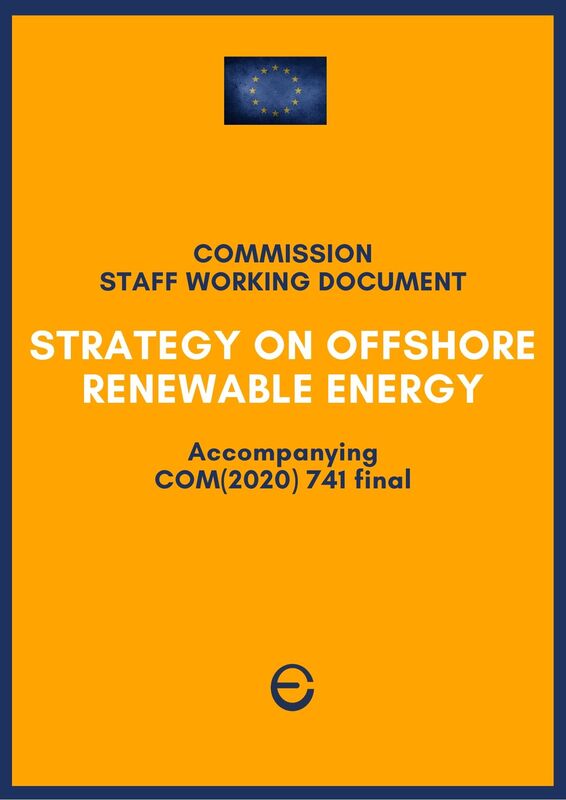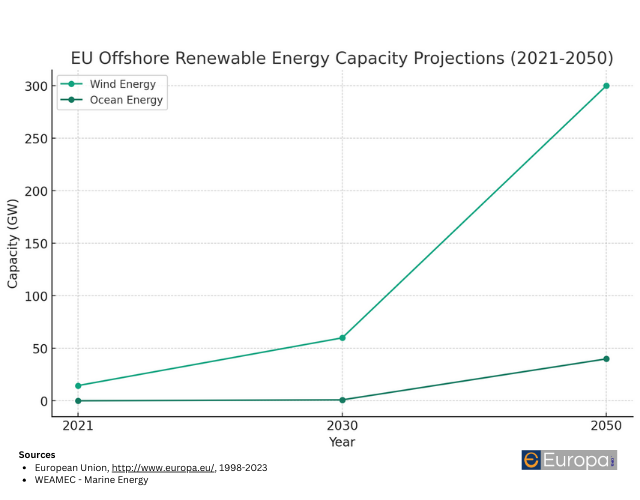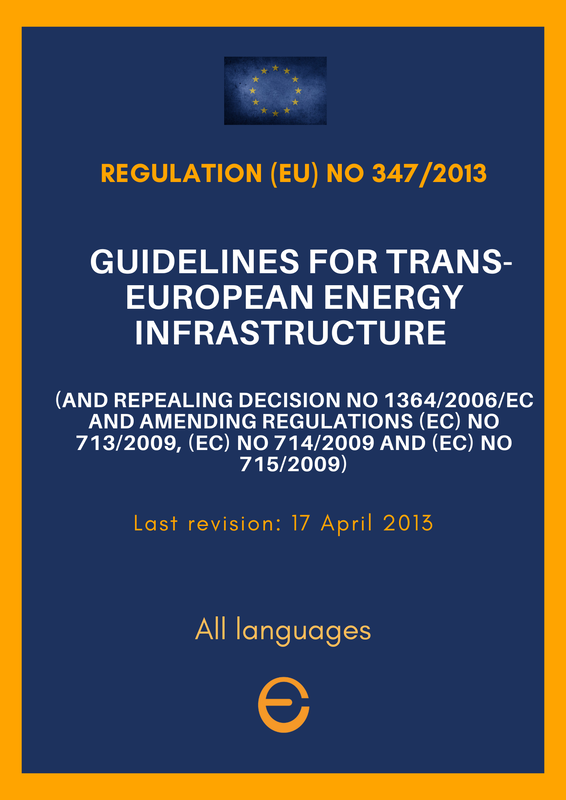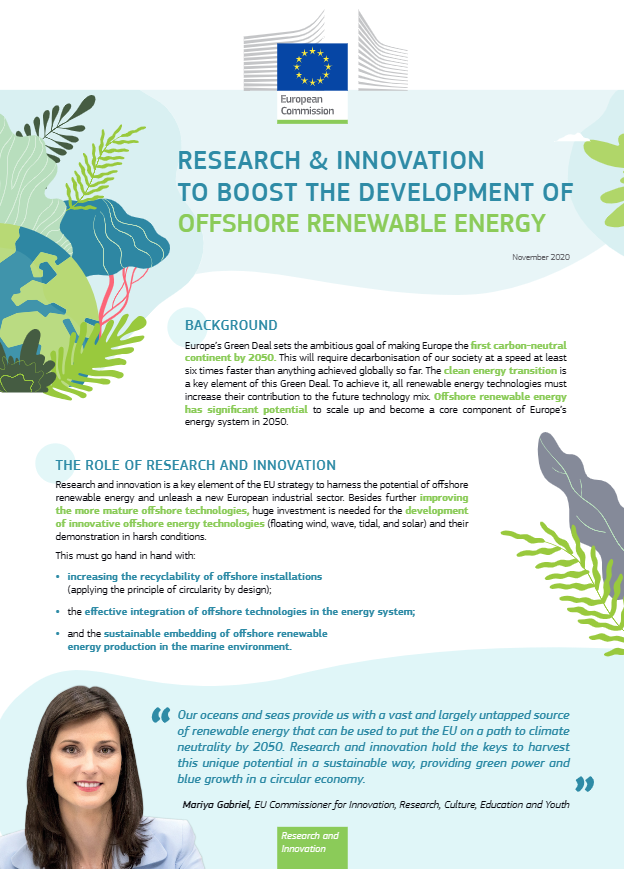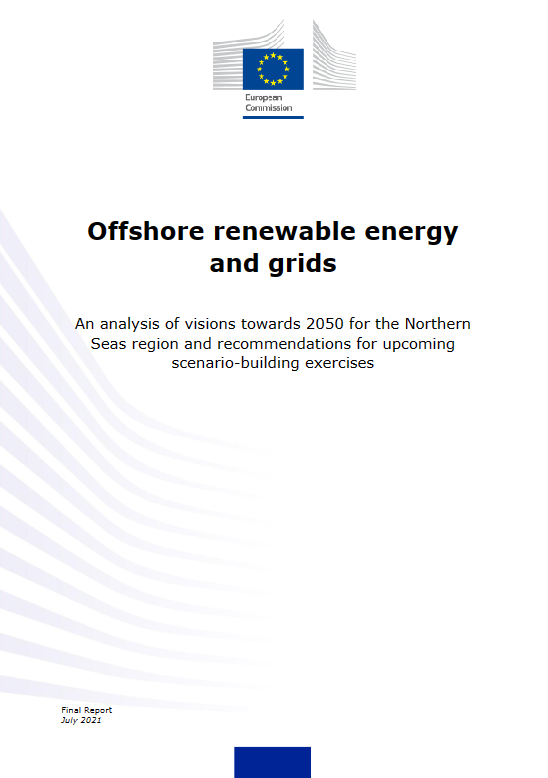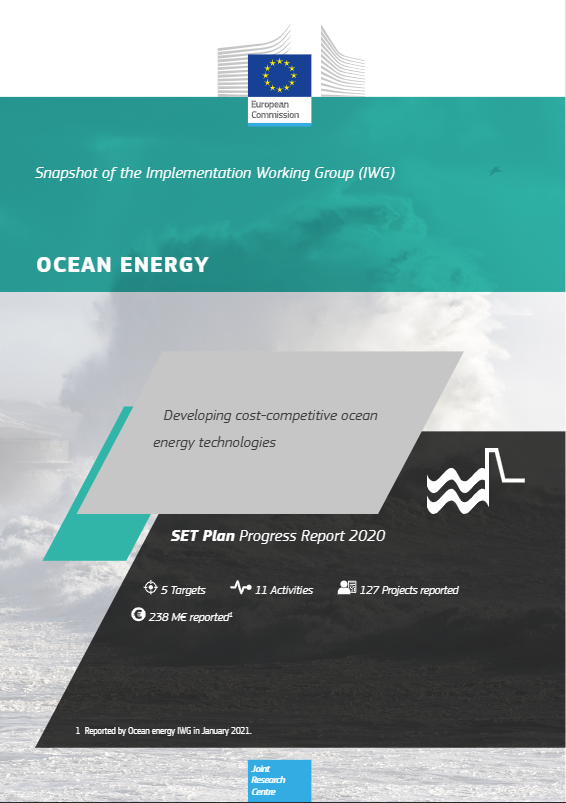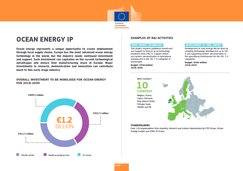|
Brussels, |
|
Offshore renewable energy
The renewable energy of the seas consists of many different sources that are abundant, natural and clean, like wind, wave and tidal.
The EU Strategy
|
To enable offshore renewable energy to contribute significantly to the European Union's 2030 and 2050 energy and climate goals, the Commission unveiled a comprehensive strategy on offshore renewable energy COM(2020)741 on November 19 2020. This strategy outlines specific measures for fostering the sector's long-term sustainable growth. It aims for a minimum installed capacity of 60 GW in offshore wind and 1 GW in ocean energy by 2030, escalating to 300 GW and 40 GW, respectively, by 2050. The EU's strategy on offshore renewable energy extends well beyond the basic aspects of energy generation. It addresses a wider array of concerns, including:
In formulating this strategy, the Commission drew insights from various stakeholders and the general public through a public consultation and a webinar. Additionally, a series of targeted studies were conducted to provide comprehensive insights for various facets of the strategy. The implementation of this strategy has been progressing, marked by a significant offshore conference for ministries and public authorities in 2021. This event delved into investment strategies, public engagement, permitting processes, offshore infrastructure, and grid planning. Furthermore, the inauguration of a Working Group on Offshore Renewables within the Clean Energy Industrial Forum was a notable step in 2021. This group is tasked with identifying the industrial challenges the sector faces in achieving the targets set for 2030 and 2050. A Working Group on Ocean Energy was established in 2017. Further details can be found in the Ocean Energy section on this page. This group is instrumental in supporting the EU's actions on offshore renewable energy, which include achieving a minimum installed capacity of 60 GW from offshore wind and 1 GW from ocean energy by 2030, progressing towards at least 300 GW and 40 GW, respectively, by 2050. |
The EU targets for 2050 require very significant efforts:
- Offshore Wind Energy: + 1954.79%
- Ocean Energy: + 39,900,00%
The group's primary objective is to pinpoint and articulate the challenges and potential bottlenecks the sector might encounter in meeting the 2030 and 2050 objectives.
It also aims to formulate strategies to navigate these challenges. Following a call for interest issued in July 2021, the working group convened for the first time on October 13, 2021. In preparation for the North Seas Energy Cooperation (NSEC) Summit on September 12, 2022, the group compiled an informative note focusing on the offshore supply chain.
Key documents associated with this initiative include the Clean Energy Industrial Forum's mission statement and a joint declaration on skills development in the clean energy sector.
It also aims to formulate strategies to navigate these challenges. Following a call for interest issued in July 2021, the working group convened for the first time on October 13, 2021. In preparation for the North Seas Energy Cooperation (NSEC) Summit on September 12, 2022, the group compiled an informative note focusing on the offshore supply chain.
Key documents associated with this initiative include the Clean Energy Industrial Forum's mission statement and a joint declaration on skills development in the clean energy sector.
The EU Commission also contracted out a number of targeted studies to serve as input for different dimensions of the strategy.
- Study on the offshore energy potential in the Atlantic Ocean (October 2023)
- Study: Financing of offshore hybrid assets in the North Sea (November 2020)
- Study: Market arrangements for offshore hybrid projects in the North Sea (November 2020)
- Study on the offshore grid potential in the Mediterranean region (November 2020)
- Study: Technical requirements for connection to HVDC grids in the North Sea (November 2020)
Investing in offshore renewables
|
Offshore renewable energy encompasses a variety of energy sources and technologies, each at different stages of evolution. They present unique challenges and opportunities for European energy systems, maritime users, industrial stakeholders, and civil society.
To support the ongoing evolution of offshore renewable energy, it's crucial to continue developing Europe's energy infrastructure, regulatory frameworks, market designs, and research and innovation efforts. A long-term view is essential to facilitate the investments needed in this sector. This involves integrating offshore renewable energy across various sea basin levels — including the North, Baltic, Mediterranean, and Black seas, the Atlantic Ocean, and the EU’s outermost regions and overseas territories. It also includes setting ambitious goals in national maritime spatial plans. The revised Regulation on Trans-European Energy Networks (TEN-E), effective from June 2022, puts into action the objectives outlined in the EU offshore strategy. This regulation introduces new infrastructure categories for hybrid offshore grids and radial lines and includes permitting provisions to fast-track the expansion of offshore grids. |
Furthermore, the TEN-E Regulation promotes regional collaboration among EU countries. Supported by the Commission, these countries will work together to establish non-binding regional targets for offshore renewable generation within each sea basin. These regional targets will contribute to the formulation of strategic integrated offshore network development plans.
In addition, the TEN-E Regulation supports regional cooperation between EU countries which will, with the support of the Commission, cooperate to define non-binding regional goals for offshore renewable generation to be deployed within each sea basin.
These regional goals will feed into the development of strategic integrated offshore network development plans.
In addition, the TEN-E Regulation supports regional cooperation between EU countries which will, with the support of the Commission, cooperate to define non-binding regional goals for offshore renewable generation to be deployed within each sea basin.
These regional goals will feed into the development of strategic integrated offshore network development plans.

